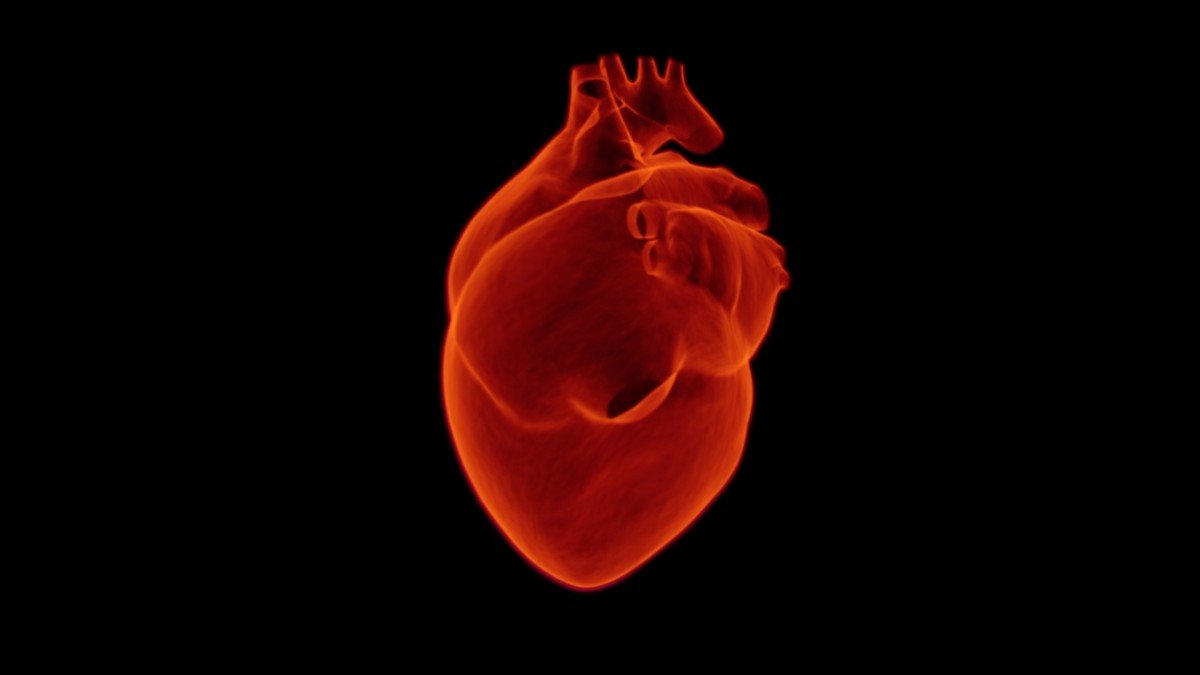
You can’t fix a heart – can you? Scientists at the German Centre for Cardiovascular Research (DZHK) are currently working on a heart plaster that will bridge damaged tissue on the heart muscle. This is mainly the result of a heart attack. Approximately 200,000 Germans suffer a heart attack every year. However, thanks to very good emergency care nowadays, more than three quarters of them survive. However, damaged areas often remain on their heart muscle. They have lost their contraction strength forever. The heart muscle cells of adults are not able to divide. They are therefore unable to form new tissue. This results in a permanent loss of function, which puts strain on the remaining heart muscle. In about a quarter of infarct patients, this leads to chronic cardiac insufficiency. Claus F. Vogelmeier, Director of the University Hospital Marburg UKGM:
Many patients in Germany suffer from this so-called heart insufficiency. This makes it all the more important that research is pushed forward here.”
This year, Vogelmeier is the congress president of this year’s 125th annual conference of the German Society for Internal Medicine (DGIM), which will take place on 7thof May 2019 in Wiesbaden. Among other things, the experts will discuss the development and application possibilities of the strips.
Worldwide Research on this Topic
Currently, several laboratories worldwide are working with different stem cells from which heart muscle cells can be obtained. These cells can be directly injected into the heart muscle. However, they can also be cultivated on a collagen or fibrin scaffold to form a spontaneously beating heart muscle patch. These tissues, also known as “engineered heart tissue” (EHT), are then surgically sutured to the surface of the heart. Here they then grow and form new heart tissue.
Heart Plasters bring Considerable Advantages
The application of these patches is more complex than cell injection, but has several advantages”, explains Professor Dr. med. Thomas Eschenhagen, CEO of the DZHK and Director of the Institute at the Centre for Experimental Medicine at the University Hospital Hamburg-Eppendorf UKE.
Firstly, no cells would be washed away. This significantly increases efficiency. In contrast to cell injections, there are no cardiac arrhythmias. Finally, the contractility of the new tissue can be tested before implantation. Eschenhagen developed the basic tissue engineering method 25 years ago in cooperation with colleagues from the US.
Successful Tests on Animals
Both the injection of heart muscle cells and the application of heart plasters has already been successfully tested on various animal species. “To some extent, impressive amounts of new heart muscle tissue were detected”, said Eschenhagen describing the tests. With the exception of cardiac arrhythmias, which can occur temporarily after cell injection, no serious side effects occurred – in particular no tumors. These tumors are regarded as a feared risk of certain stem cell types.
At present, however, a number of questions remain unanswered. For example, the long-term course of such an operation is not yet known. The mechanical and electrical coupling of the new tissue to the heart muscle is also still unclear. In addition, research is still being carried out into cell lines that are not rejected and therefore do not require immunosuppression.
Heart Plaster Instead of Donor Heart
“Some of the projects supported by the DZHK are still investigating these questions”, explains Eschenhagen. Nevertheless, the physicians are confident that they will be able to treat patients with the new cells in the foreseeable future and improve their cardiac function again. Preparations for this are underway. The first heart patches are to be tested on patients with severe heart insufficiency in a DZHK study as early as next year. In this way, they could be spared a donor heart.
For the scientists of the DZHK to have gotten as far as they are today, it took some preliminary research on the cultivation of skin cells for the treatment of heart diseases. In 2016, for example, a human heart muscle tissue cultivated in the laboratory was successfully sewn onto a diseased guinea pig heart for the first time. And in December of 2018, the researchers announced that they had cultivated beating human atrial heart muscle tissue from skin cells.

